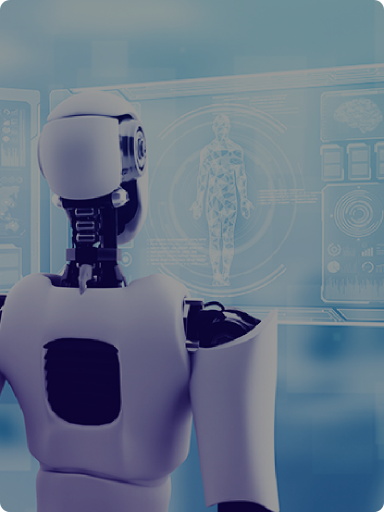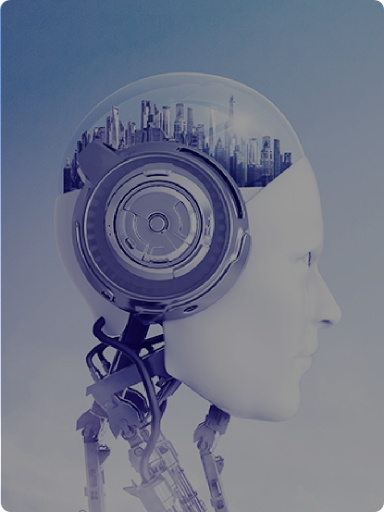Visual Algorithm Capability
Algorithm Capability - "Intelligence" and "Depth"
AI Powered Algorithm Development with Full Stack Automation
Intelligent Data Processing
Based on the CV large model, automatic video stream parsing, intelligent keyframe filtering, automatic data cleaning and enhancement, weak/semi supervised/self supervised annotation are implemented, significantly reducing manual dependence.
Intelligent model construction
By adopting the AutoML concept (automatic model search/architecture optimization NAS), adaptive hyperparameter tuning, and automated model compression (quantization+pruning+distillation) technology, high-performance models are efficiently generated.
The Core of the "Vietadata Algorithm"
Emphasize that it is an intelligent algorithm engine that integrates advanced automation toolchains, optimization algorithms, and pre trained model libraries, rather than a single algorithm. It can intelligently select or combine the optimal algorithm path based on task requirements.
Strong Modeling Engineering Capabilities
Model Lightweighting and Cross Platform Adaptation
Proficient in cutting-edge model compression techniques such as structured/unstructured pruning, quantitative perception training QAT, and knowledge distillation KD, enabling efficient deployment of algorithms on various edge chips such as NVIDIA Jetson, Ruixin Micro RK, Huawei Ascend, and Suan Neng Suan Feng, balancing accuracy and real-time performance.
Model Robustness and Generalization
By using advanced data augmentation strategies, domain adaptation techniques, adversarial training, and other methods, the stability and generalization ability of algorithms in complex and changing real-world scenarios can be improved. (Implied in "Automatic Analysis of Material Quality" and "Data Enhancement")
Deployment Speed - "Closed Loop" and "Efficiency"
End to End Assembly Line, Significantly Reducing the Research and Development Cycle
Integrated Platform
Provide a full process closed-loop platform that integrates raw video data ->intelligent preprocessing ->automated annotation ->model training/optimization ->compression conversion ->device deployment, eliminating efficiency losses caused by fragmented toolchains.
The Support Point for '1/3 of the Time'
The emphasis lies in the automation toolchain (data+model) and pre optimized components (algorithm library, model library, conversion tool) replacing manual processes, as well as seamless integration of processes.
Agile Algorithm Iteration and Deployment
Modular Algorithm Library and Fast Configuration
Based on a rich library of pre trained models and modular algorithm components, it supports quick matching, combination, and fine-tuning of algorithms according to business needs, and parameter configuration through a visual interface to achieve agile generation of "custom algorithms".
One Click Deployment
Support standardized algorithm package export or one click OTA deployment on cloud/edge devices, significantly reducing the engineering threshold and online time.
Multimodal Integration Capability - "Fusion" and "Scene"
Fundamentals of Multi-source Data Fusion Processing
Video Streaming as the Core Entry Point
Compatible with Multimodal Data Input
Multimodal Fusion Analysis
The system can efficiently process multiple, high-definition, real-time video streams for intelligent framing and object extraction.
The system architecture design supports the integration of other modal data, such as:
·Image: Static image analysis.
·IoT sensor data: temperature, humidity, radar, millimeter wave, etc., used for environmental perception or triggering specific analysis.
(Future) Audio/Speech: Used for voiceprint recognition, abnormal sound detection, and audio-visual fusion analysis.
(Future) 3D point cloud/depth map: for more accurate spatial perception and measurement.
·Image: Static image analysis.
·IoT sensor data: temperature, humidity, radar, millimeter wave, etc., used for environmental perception or triggering specific analysis.
(Future) Audio/Speech: Used for voiceprint recognition, abnormal sound detection, and audio-visual fusion analysis.
(Future) 3D point cloud/depth map: for more accurate spatial perception and measurement.
Emphasis is placed on the potential/ability of the technology roadmap to integrate different modal information for joint reasoning (such as complex behavior recognition through video+IoT, emotion/event analysis through video+audio), in order to cope with more complex business scenarios and improve perception accuracy and robustness. (This is the real technological barrier and advantage point)
Scene Oriented Algorithm Library: Covering a Wide Range of Visual Perception Tasks, Such As:
- Object detection and tracking (people, vehicles, objects)
- Behavior recognition and analysis (falls, wandering, intrusion, workflow compliance)
- Image classification and recognition (items, scenes, defects)
- Optical Character Recognition (OCR)
- pose estimation





















